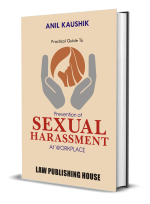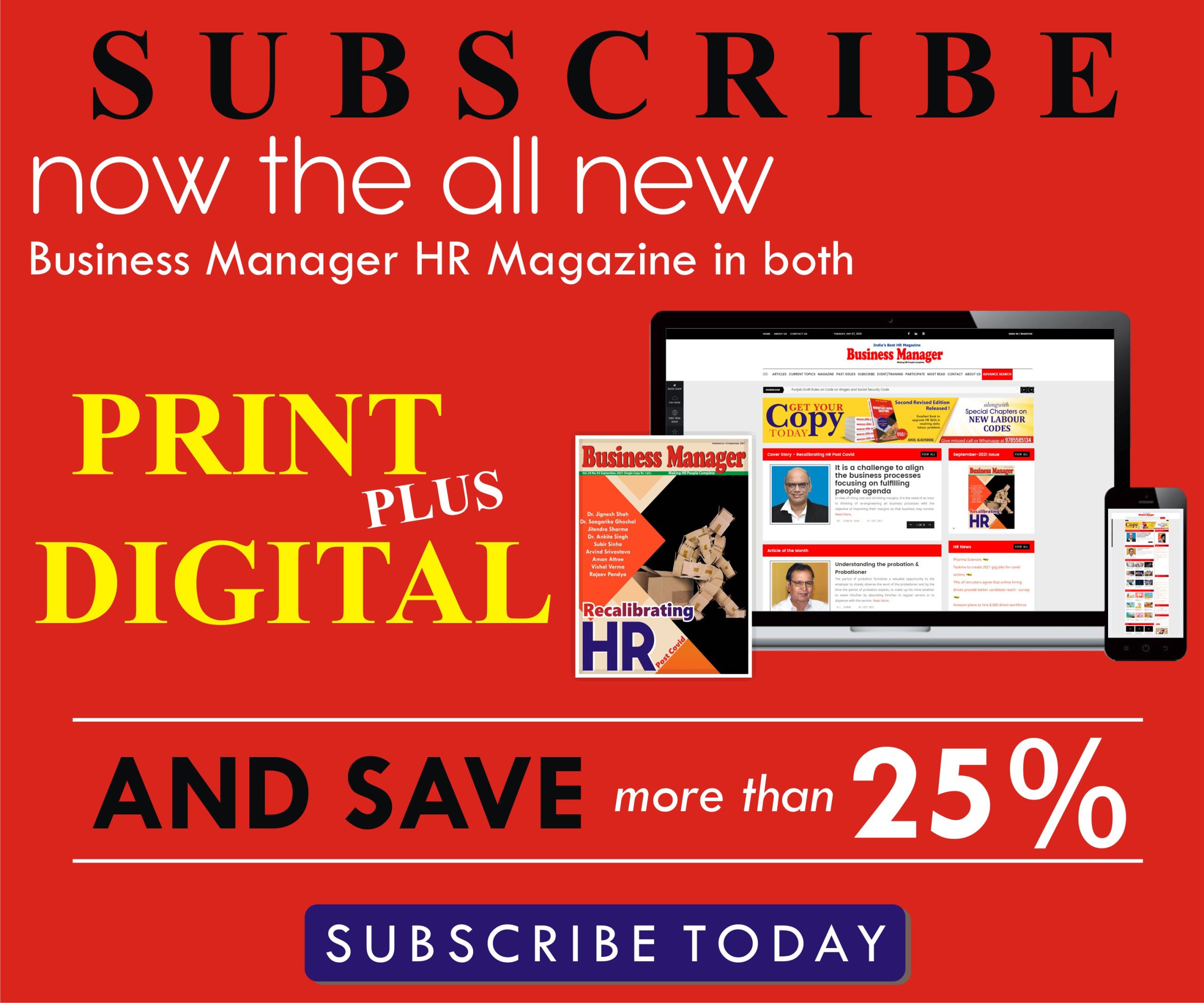Organisations need to keep in mind the stage of organisation, future strategy, market condition, employee needs, and long-term objectives when designing compensation strategies to employees motivated, engaged, and aligned with business objectives.
ARTICLES
The study found that 82% of life sciences organisations are offering personalized benefits packages, including student loan assistance, wellness incentives, and caregiving support. This sector is pioneering non-monetary rewards as a key retention tool.
Decoding Compensation and Benefits Strategy Through Innovation, Culture and Vision
Mastery over ESG-aligned remuneration, incentive plans, and ESOPs, boards must critique pay parity metrics, and total shareholder return (TSR) linkages, ensuring C&B architectures resonate with both organisational sustainability and talent magnetism.
Organisations are adopting different pay structures for different workforce categories in order to focus on specific outcomes.
The truth of the matter is that Human Resource Management awaits an integrative thinker who would piece together the different strands of input affecting management literature analysis.
The transition from isolation to innovation within teams necessitates a proactive approach to addressing ostracism, ultimately fostering an environment conducive to collaboration and success.
This article introduces the Synergy-5 framework, which transcends conventional HR models by integrating Surplus, and Sustainable Development into organisational strategy.
True HR excellence lies not in filtering out, but in building up. Not in separation, but in integration.
The leadership might decide that the organisation needs a more Zen like philosophy. "We want every department to reflect compassion, calmness and mindfulness in their operations! Start with the Legal Department.
The future belongs to businesses that see their people as partners in progress, encouraging relationships built on mutual respect, and shared purpose.















